Peanuts
Indian peanuts are cultivated over an acreage of 31 million hectares - roughly the size of Nigeria.
Indian peanuts are consumed in over 50 countries. Indian peanuts are the only source that are available all round the year. Crops are planted in two cycles and harvested in March and October. There are several other inter-cropping cycles which makes Indian peanut a prime source of supply.
Recent quality drive in the Indian peanut industry by APEDA have started resulting in good practices in food safety & the control of aflatoxin.
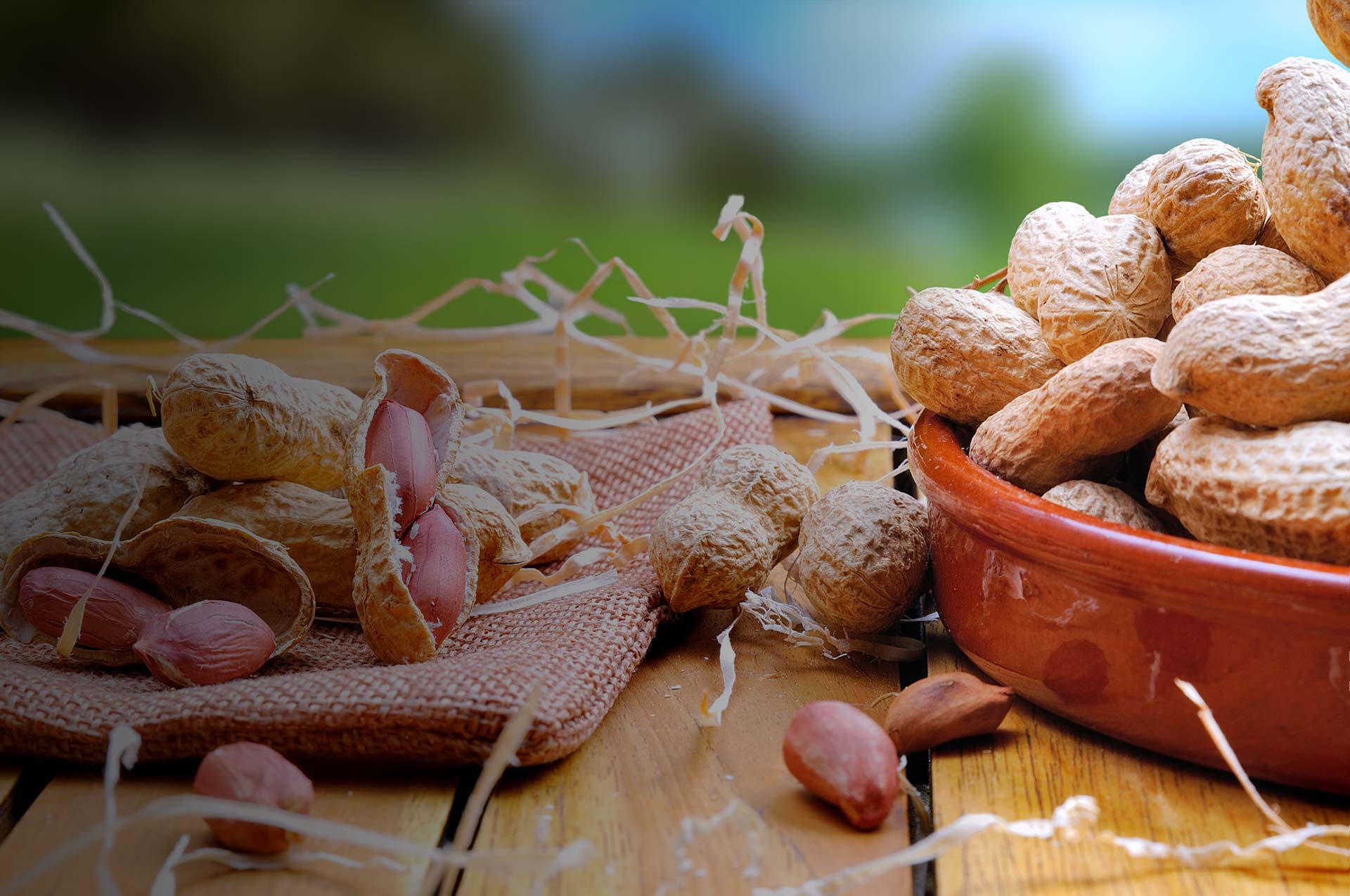

Peanut Varieties
Indian peanuts are Non-GMO with a high fat and oil content.
There are several Indian peanut varieties, including Java, Bold, TJ, Java Long, G20, K6, Mathadi, J24 and Western 44. Customers often buy the Java (white round shape) for hand to mouth consumption while the peanut butter factories choose bold, Tj & blanched peanuts depending on the process and chopped peanuts for toppings.
Depending on the seeding type, peanuts grow between 90 and 120 days. Each seed variety have varying oil content, shelf life & freshness.
inshell peanuts
The peanut , also known as the groundnut , goober (US) , or monkey nut (UK), and taxonomically classified as Arachis hypogaea, is a legume crop grown mainly for its edible seeds.
World annual production of shelled peanuts was 44 million tonnes in 2016, led by China with 38% of the world total. Atypically among legume crop plants, peanut pods develop underground (geocarpy) rather than above ground.
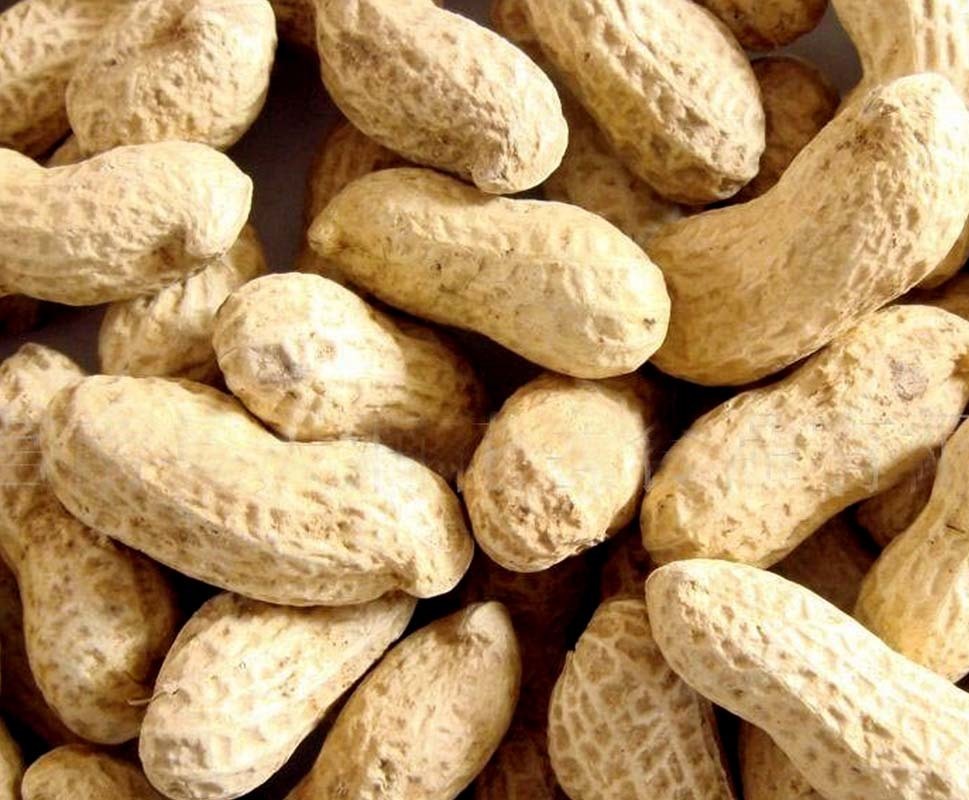
PEANUT PACKING
packing for shelf life of 3 months upto 1 year in dry storage warehouse are available.
-
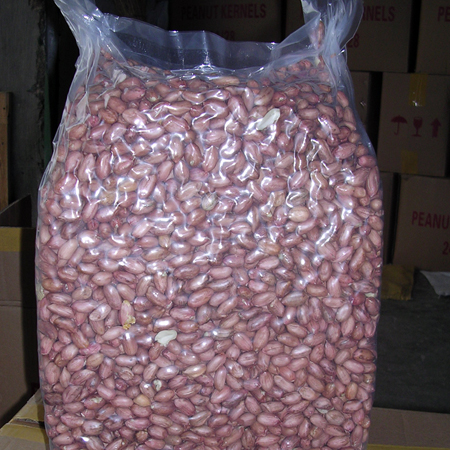 25kg Vacuum
25kg Vacuum
-
 Cocoon Pack
Cocoon Pack
-
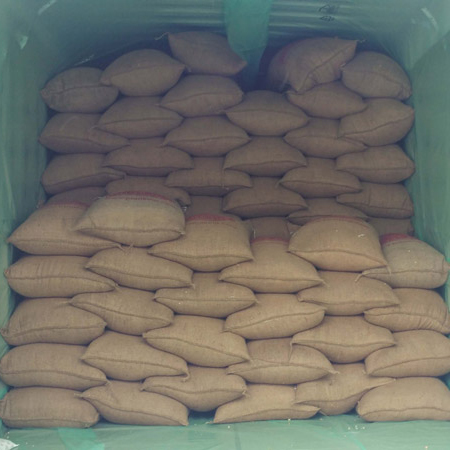 Cocoon Pack
Cocoon Pack
-
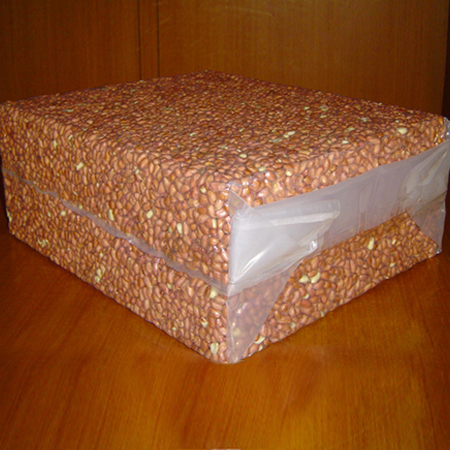 50kg Vacuum
50kg Vacuum
-
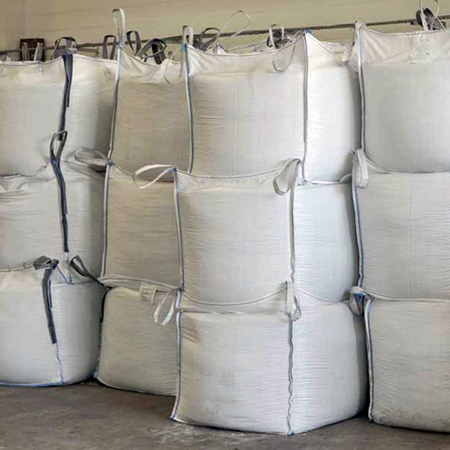 Super Sack (500/1000kg)
Super Sack (500/1000kg)
-
 PP Packing
PP Packing
-
 Carton Box Packing
Carton Box Packing
-
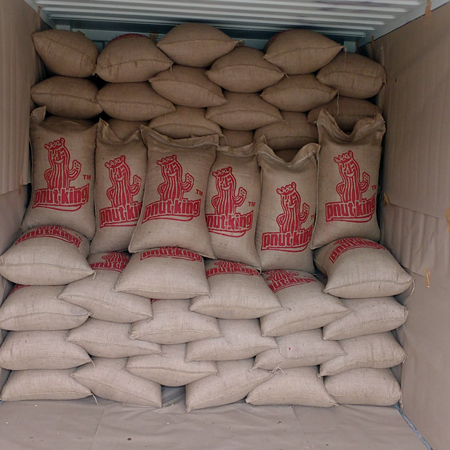 Jute Packing
Jute Packing
CULTIVATED YARDS
Happy Customers
Company Awards
Years Of Experience
Get In Touch
Contact Us

ADDRESS
157/P1, Katar Road,
Hindorana, Rajula Amreli,
Gujarat 365560

OFFICE PHONE
+91 910-610-2056
991-394-6562

madhavindustries.india@yahoo.com